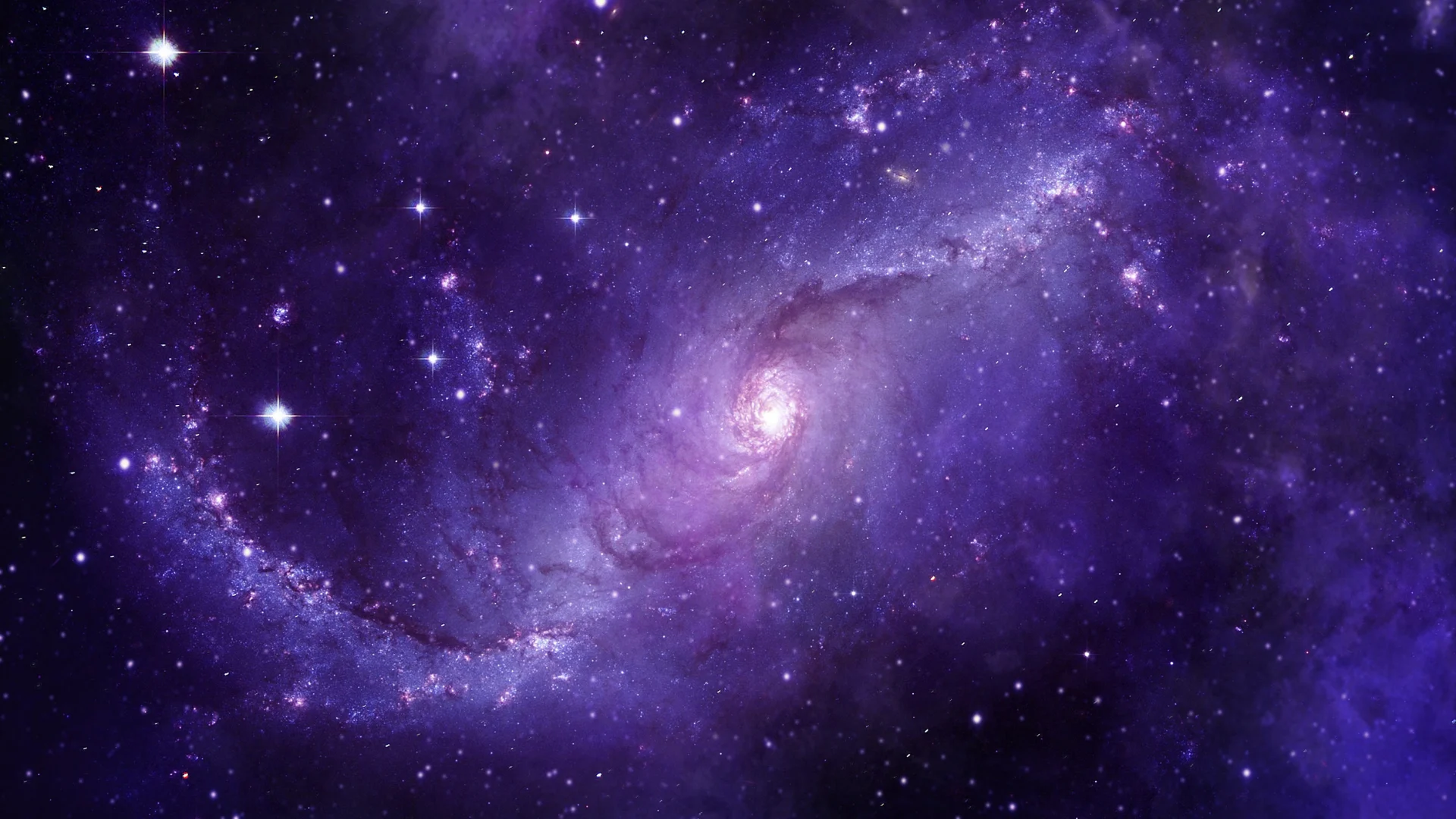
Scientists have figured out what a twinkling star sounds like - listen here
Have a listen to these celestial echoes.
One reason stars twinkle in the night sky is because the Earth's atmosphere bends light as it travels toward us.
Another lesser-known reason is because of rippling waves of gas on their surfaces that are imperceptible to our Earth-bound telescopes.
A team led by researchers at Northwestern University has used 3D simulations to magnify the latter effect in hopes of determining how much a star twinkles.
In doing so, they have revealed new information about a star's natural shimmer.
From gas waves to sound waves
Researchers used 3D modeling to create simulations of energy pulsations rippling from a massive star's core to its surface. The team then transformed the gas waves into sound waves, allowing listeners to hear what a star may sound like on the surface and within its core.
Stellar echoes that behave like thunderstorms
Evan Anders, the study's lead author and a postdoctoral fellow in Northwestern's Center for Interdisciplinary Exploration and Research in Astrophysics, says the convection within stars is not unlike the process that fuels earthly thunderstorms, where cooled air drops, warms, and rises again.
"It's a turbulent process that transports heat," he says in a statement.
But in massive stars - those that are at least 1.2 times larger than the sun - the convection zone happens within their cores, which aren't visible.
"Motions in the cores of stars launch waves like those on the ocean," Anders says, drawing another earthly comparison.
"When the waves arrive at the star's surface, they make it twinkle in a way that astronomers may be able to observe. For the first time, we have developed computer models that allow us to determine how much a star should twinkle as a result of these waves. This work allows future space telescopes to probe the central regions where stars forge the elements we depend upon to live and breathe."
When convection generates waves, they bounce around inside the star, the study's authors explain. Some waves make their way to the surface to create a twinkling effect, while others remain inside, continuing to bounce.
The team made filters in their simulations to isolate the waves inside and outside of stars.
Anders says convection produces waves that correspond to different sounds and depend on how large or bright a massive star is.
While a large star may sound like a low echo in an empty room, a medium-sized star may sound more like a hum in a windswept landscape. A small star could more closely resemble the urgency of a weather siren.
Whatever the sound, the stars are fascinating composers. Click the video above to enjoy the music.
Header image: File photo/Canva Pro.










